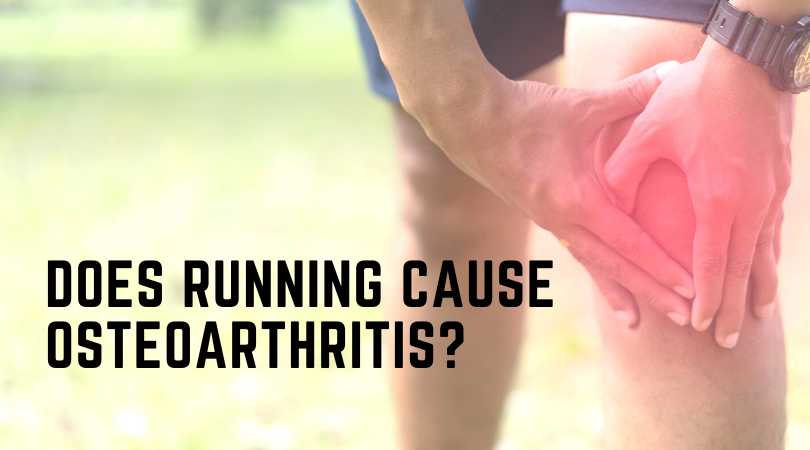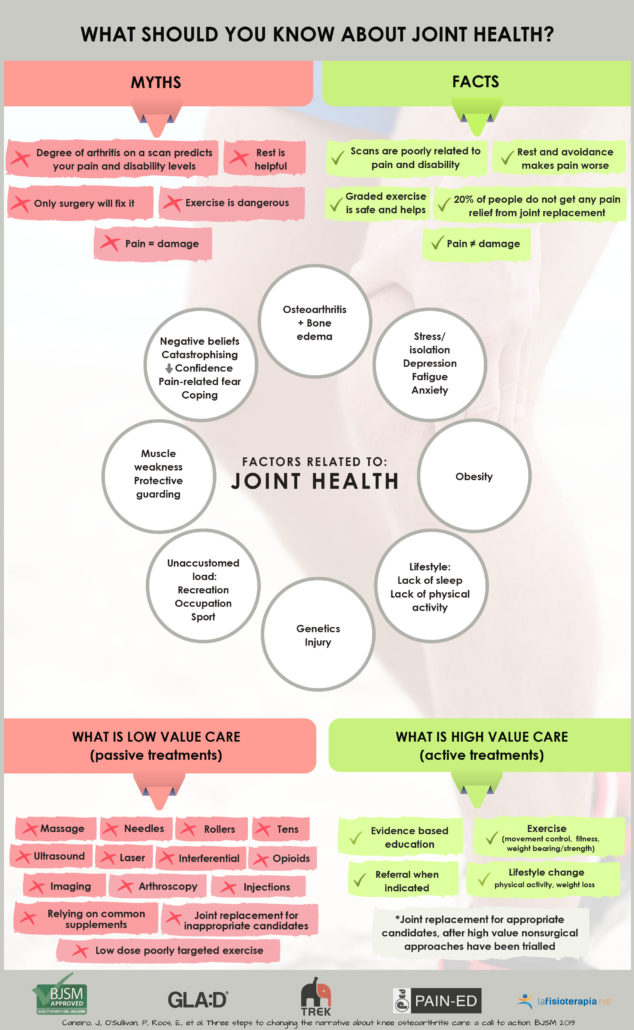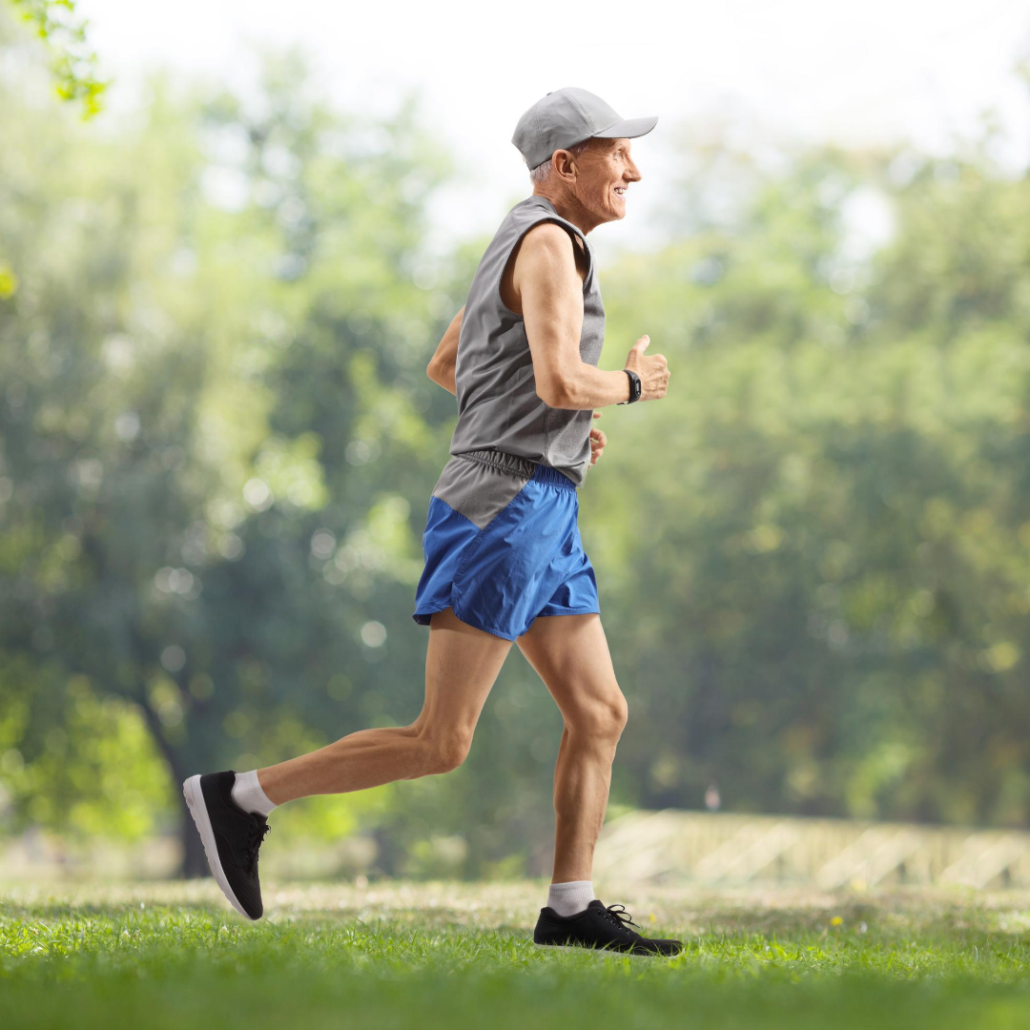Does running cause osteoarthritis? A surprising breakthrough

Our current understanding of Osteoarthritis in running
There are currently leaps forward in our understanding of Osteoarthritis (OA). However, it requires a bigger leap to spread the message into the community. It is a common question. Does running cause OA? It’s truth there are wild, misconceptions about this condition. Among them, beliefs that OA presents as bone-on-bone due to joint over-use. However, this cannot be further from the truth. In fact, the team at Body Logic Physio have shown the hard facts perfectly in the picture below.
Not only is OA not caused by pounding the pavement, it has been shown that cartilage growth is stimulated when striking the ground. Therefore, the act of running and hitting the pavement helps OA!

“This is no longer a cartilage-centric disease and archaic terms such as wear and tear and degenerative are now considered inaccurate”.
Does Running increase the likelihood of OA?
A study in 2017, collected a massive population of 125,810 people in an attempt to determine the likelihood of OA in runners and non-runners. Interestingly, they discovered 10.2% of non-runners had OA while only 3.5% of runners had OA. In other words, you are 3 times more likely to suffer from knee OA if you are a non-runner! This would make a lot of sense from our discussion above. Runners ARE hitting the ground on a regular basis which helps joint health. Additionally, runners are likely to have healthier lifestyle habits such as maintaining a good body weight, correct stress levels and maintaining strong muscles surrounding the knee.

How to run while managing Osteoarthritis
“Among individuals at least 50 years of age with knee OA, running was not associated with worsening knee pain”.
Their is less risk of runners developing this condition, there are still 3.5% of us running with OA. Dealing with flare-ups is expected but do not interpret this as your joints getting worse. Your plan will include carefully monitoring activity levels to avoid any spikes in load and building strength in the legs and hips. If a flare up occurs, having a proactive ‘flare-up plan’ and avoiding complete rest is often best. Also, consider other factors that may increase the sensitivity of the joint which could contribute to a flare up. These factors would include stress, loss of quality sleep, nutrition, medication, alcohol and fear.
Therefore, it should be made clear that running with OA is perfectly acceptable. In fact, it is recommended! Ensure the activity levels are tolerated well, maintain a healthy body weight, practice an overall healthy lifestyle, stay educated on the facts about this condition and maintain a high level of strength and you have set yourself up for success!
Relevant Blogs:
Relevant Podcast episodes:
References:
- The Association of Recreational and Competitive Running With Hip and Knee Osteoarthritis: A Systematic Review and Meta-analysis
- Misconceptions and the Acceptance of Evidence-based Nonsurgical Interventions for Knee Osteoarthritis.
- Body Logic Physio Arthritis Treatment
- Hunter. Osteoarthritis: time for us all to shift the needle (2018)
